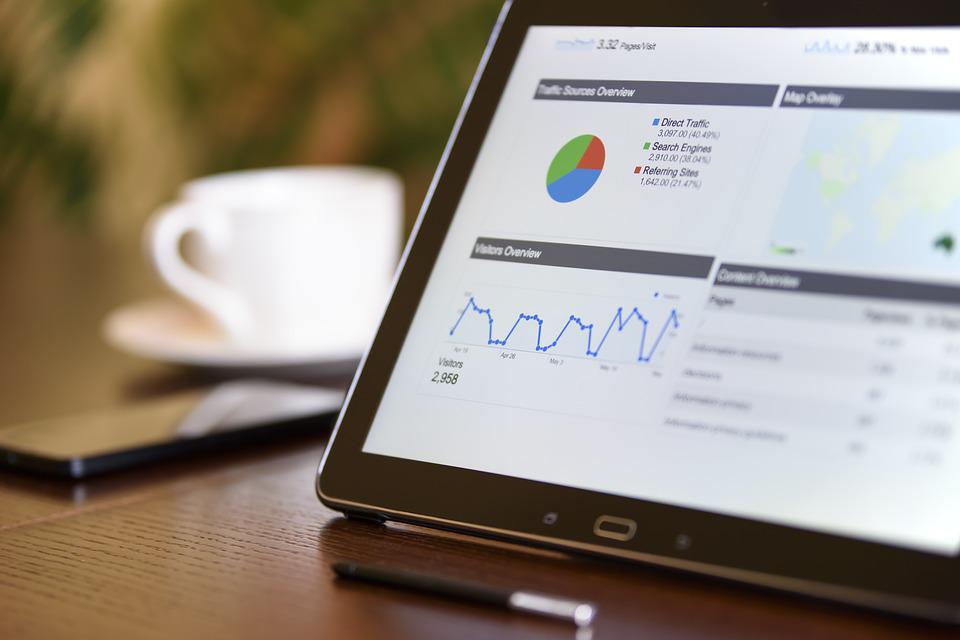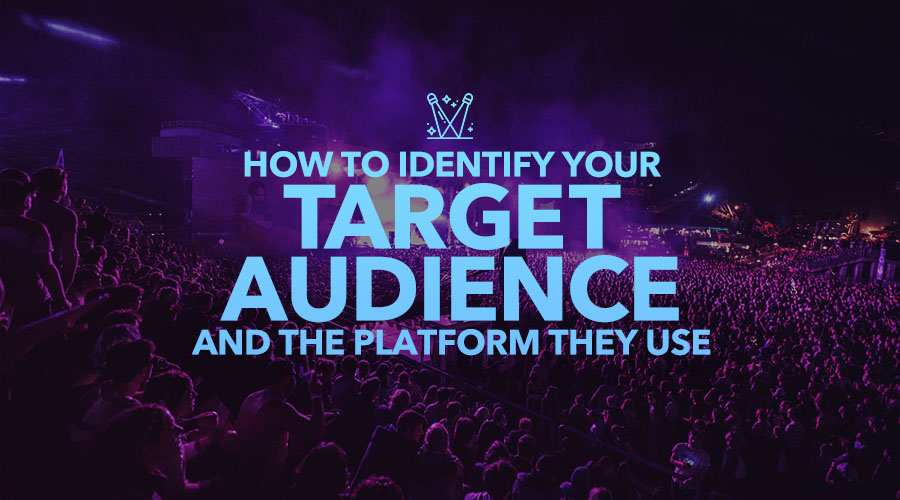How to Identify Your Target Audience and the Platform They Use
Published on 1st of January 2023Whether it's an advertisement, a flyer, or an online marketing campaign, marketers must provide personalized experiences for their target markets to get their attention. There are simply too many other brands competing for that attention.
When you know your customers well enough, it's way easier to tailor messages and timing for them. To do this, you'll need to be fully aware of their lifestyle and preferences—including their preferred digital channels and social media platforms.
Below, we will explore what a target audience is and how to spot it. Moreover, we will also go over the steps you can take to identify your audience's communication channel.
First, what is a target audience?
 The group of people most likely to desire and buy your product or service is called your target audience. They're also the ones that will see your business ads due to their relevance to your operations.
The group of people most likely to desire and buy your product or service is called your target audience. They're also the ones that will see your business ads due to their relevance to your operations.
You can define your target audience based on their…
-
Age
-
Sex
-
Location
-
Income
-
Ethnicity
-
Interests, etc.
In summary, it’s essential to identify and segment your target audiences. This will provide insight into the content that resonates with them. Plus, you need to develop content for the channels they use.
Why must you know your target audience?
When you know your specific audience, marketing becomes a lot more strategic and productive. Deciding on and executing a marketing strategy gets easier.
Figuring out that your target audience reads a particular newspaper or loves one specific show aids your direction. Granted, your ads only get to a small number of users. But these are people who are most likely interested in your product.
A good example is a seller of racing footwear. You should advertise with a racing magazine to reach your target audience. They will be more responsive and appreciative of this tactic.
Beyond improving ROI, recognizing your target market and selecting the best media permit you to develop relationships. This can help you relate better with prospects and customers. Most importantly, almost all buyers assert that they prefer a brand with more personalized, relevant content.
All these are vital to attaining impressive ROIs in your marketing endeavors.
What makes your target audience different from your target market?
 The target market is the customer set that your company hopes to sell to or reach with ads, while the target audience is the specific faction of your target markets that receives your messages.
The target market is the customer set that your company hopes to sell to or reach with ads, while the target audience is the specific faction of your target markets that receives your messages.
They’re often used interchangeably, but remember that the target audience is a more precise subset of the larger target market.
What are the functions of your target audience?
When it comes to targeting your audience, you cannot get anywhere without understanding their demographic information. One way to learn about what they need is by recognizing their demographic role in the journey you want them to take towards becoming your customer.
You can divide these roles into the following sections:
The Role of a Decision Maker
After experiencing an impressive transformation, Old Spice needed to rework its product in 2010 to appeal to a younger demographic.
They found that, during their research, men may wear some of their items. However, the men are not buying these items.
The women were the ones buying them, which is why their target audience exclusively focuses on women.
The Role of a Supporter
Here is an example. The child does not make Christmas purchases, yet kids influence the final purchase choice.
That's why you should make your content relevant to consumers without neglecting either role.
How do you identify your target audience?
 You can't just decide on your target audience overnight. You'll need time to assess how you can tailor your marketing messaging and approach.
You can't just decide on your target audience overnight. You'll need time to assess how you can tailor your marketing messaging and approach.
Spend enough time evaluating the data you obtain from consumer engagements and assessing existing buyers and their purchase trends. These are what will also shape your target audience.
Here are the steps to take:
1. Carry out an analysis on your customer base
Analyze who is currently buying your product and assess their age, gender, location, and so on.
Market research and surveys will help in finding this information. Plus, it's also a good idea to ask customers in polls and interviews.
Examine the market to find out major industry trends
When considering the market your industry needs, think about where there are gaps in service. This could be an area for your offering.
Only by identifying your competitor's latest trends will you know where they are focusing. This knowledge can make your company more assertive and less vulnerable.
2. Evaluate your competitors
 As a marketer, there’s a lot to learn from analyzing the competition. Find out who their audience is and the channel they use. It may be online or offline, and they'll focus on either supporters, decision-makers, or both.
As a marketer, there’s a lot to learn from analyzing the competition. Find out who their audience is and the channel they use. It may be online or offline, and they'll focus on either supporters, decision-makers, or both.
Many brands and companies have taken this approach and found it to be highly successful.
3. Establish personas
Establishing personas is a great way to figure out who your audience consists of, giving you the tools necessary to target them precisely.
Sometimes, a product interests all sorts of people, which helps to have access to different personas.
You can deduce the overall demographics, personalities, and needs shared amongst buyers or clients with personas.
How about those outside your target audience?
Be specific about your targeting to manage and reach the people you want to engage with. This is especially important to do since you cannot target everyone.
Define if your target audience comprises only women, or are they female nurses between the ages of 20 and 35?
This can help you work more efficiently. Your team does not have to waste their time and money trying to contact social media users who will not work with them at all.
Review your audiences often
As you work with customers, you'll become more informed about your target audiences and will be able to learn what they like and dislike.
You should use this information as efficiently as possible, and to do that, you must continue to optimize your audiences and personas. That’s a surefire way to obtain the best outcomes.
Make the most of Google Analytics
 Google Analytics provides you with comprehensive data concerning the users visiting your website. This information can be applied to glean major points for further developments.
Google Analytics provides you with comprehensive data concerning the users visiting your website. This information can be applied to glean major points for further developments.
G-Analytics help you understand your target audience better and know how to plan your content strategy. With the information it provides, you have a way to create more data-driven decisions as you go through the media planning phase for your business.
Developing target personas using the ideal demographics
Creating personas is an effective way to identify your target audiences for marketing purposes. Using client interviews and market research can provide you with many insights about your customers.
You now know what they read, as well as the things they value and think about. This will allow you to be more strategic with your book recommendations, blog posts, social media content, and more.
You also get that crucial understanding of which sources your audience uses and works the best with.
As you develop your target personas, consider employing the following ideal demographics:
-
Age
-
Sex
-
Marital status
-
Education level
-
Location
-
Hobbies
-
Profession
-
Income
Furthermore, consider the following areas as well:
-
Your present customer base
-
The exact target audiences of your competitors
The best channels to reach your target audience
After creating personas, you now proceed to discover the best channel that targets these specific personas. Consider using the following channels to get started:
-
Social Media
-
Television
-
Media Kits (e.g., Nielsen Ratings)
-
Email
-
Radio
-
Third-Party Information
Reaching your audience at the perfect time
 When marketing to present-day customers, you need to know the right place and time.
When marketing to present-day customers, you need to know the right place and time.
The customer isn’t just sitting back waiting for you, either. From experience, you should know when your customer will be most receptive, so tailor your post and product releases accordingly.
These consumers are better prepared to tune out promotional content, so you must market at the right moment to get the best result.

